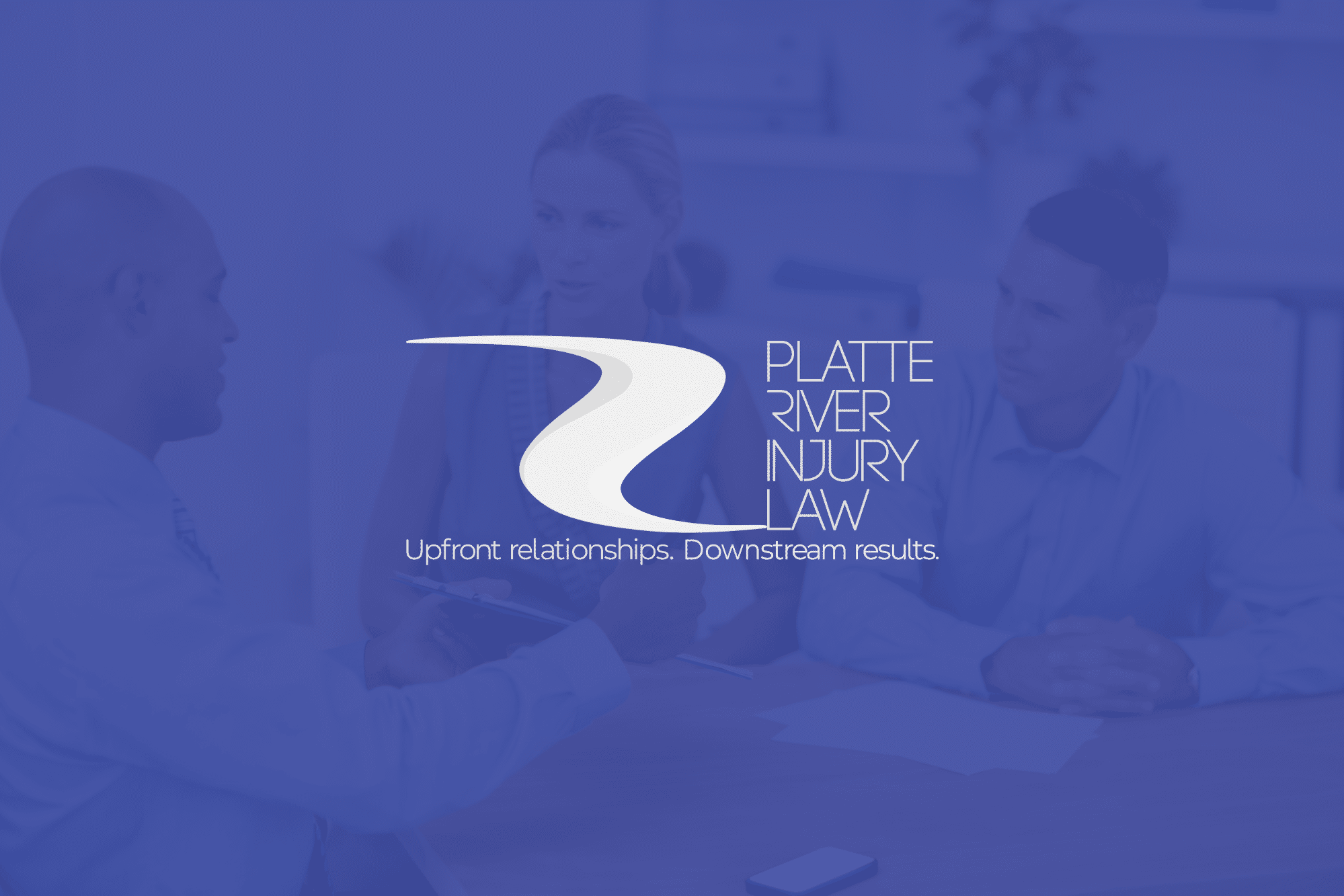Personal injury cases allow an injured person to seek compensation for physical, financial, and mental damages that resulted from the injury accident. The foundation of personal injury law is holding accountable someone who has been negligent, reckless, or purposefully harmful to another person, in which they should be liable for how that person suffered. Generally, personal injury covers various situations, since people can be careless in countless scenarios in life. To have grounds for a personal injury lawsuit, there are some elements that must apply. Our friends at Cohen & Cohen explore these below.
Examples of Personal Injury Accidents
There are countless ways that someone can get hurt, but when it comes to personal injury lawsuits, there are certain situations that tend to fit under this category. Examples of personal injury accidents include but are not limited to car accidents, wrongful death, medical malpractice, birth injuries, slip and fall, workplace accidents, product defects, premises liability, pedestrian accidents, bike accidents, motorcycle accidents, boating collisions, and so much more. As a personal injury lawyer explains, any incident in which one person or party is at-fault for another’s physical injury and financial loss is likely to be considered a personal injury accident that may warrant contacting a lawyer.
Elements of Filing a Lawsuit
Any personal injury case must have a few elements that are true in order for it to succeed. Firstly, there must have been a duty of care that one person owed to another. For instance, this duty is present between a doctor and their patient, and a driver sharing the road with others. Secondly, there must have been a breach in this duty of care. The plaintiff’s injuries must have been a reasonably foreseeable consequence of the defendant’s actions or negligent inaction. Lastly, there must have been monetary damages that the plaintiff endured as a result of the defendant’s behavior.
The Defendant’s State of Mind
To prove causation in a personal injury lawsuit, the defendant’s actions must fall into the category of recklessness, negligence, intent, or strict liability. Negligence is when someone fails to foresee how their actions are putting others at risk of harm. By comparison, recklessness is when a person was aware of or should have known that their actions were probably going to cause injury. Intent, also referred to as willfulness, means that the offender intended to inflict harm on someone else. Strict liability is a term reserved to situations when a person is liable for injuries regardless of their mental state at the time.
Final Thoughts
As someone who may have been injured due to the fault of another person, party, or company, it is important to know what your rights are in such a situation. There are legal remedies available to you if someone’s negligence, recklessness, intent, or strict liability has caused you injury, financial loss, and property damage. As a final thought, don’t hesitate to consider speaking with a law firm that is experienced in handling personal injury lawsuits. Your lawyer can evaluate what has occurred and let you know if it warrants taking legal action. In this way, you can find out if you could be owed compensation for all you have been through.






